
Pure & simple - minimalism at Bryn Eglur, The Welsh House, Carmarthenshire
The idea of minimalism within a cottage setting would seem at odds with prescribed notions of the minimalist movement or style (where there is a wholly intended lack of decoration and adornment). A cottage backdrop, particularly one in a rural setting, calls to mind ideas of more traditional decor, a snug refuge, intimacy and warmth. We typically think of quaint detailing and the appearance of a quintessential, lived-in home.
Nevertheless, a cottage can provide a perfect space in which to mesh both a traditional and a modern aesthetic. On the one hand it is cosy and homey, on the other light and airy. Contemporary furnishings and fittings placed on varied surfaces and situated in nooks and crannies or under eaves, imbue the home with emotion, personality and presence. Mixing functionality with artistic expression and design ingenuity with honest craftsmanship, can add a well considered air of minimalism.
It is thus perfectly feasible to encapsulate the qualities of minimalism within the context of more traditional cottage living. Placing clean contemporary forms amongst the rusticity of a cottage interior will provide wonderful new levels of detail seen through abstract lines, curves and expressive profiles. In this vein, minimalism takes on a different meaning, one that is less about the lack of adornment and more about purity, simplicity and refinement. It is quite practicable for a cottage to retain its traditional charms in an environment that is uncluttered and thoughtfully styled, where items have been positioned with deliberate intention and purpose.
“The simple home is about keeping things clean and useful – it is a chance to get back to basics, to consider ideals of good design and the forgotten traditions of craftsmanship and then think how they can be adapted to a more modern approach.” (Bailey, M & S, 2009) Perhaps there is fine line between minimalism and simplicity. It need not be the case that a minimal – or simple – home is an austere environment; rather the minimal home can be filled with well-considered simple things. It is about curation over clutter and the avoidance of unnecessary trends, fashions and fads (and refraining from the overt cottage style temptations of sentimentality and tweeness).
Minimalist design within a cottage is best served by combining several materials and hues, making appropriate use of wood, textiles, metal, glass and stone. For example a neutral and clean backdrop works well with objects that introduce colour and texture into a space – from ceramics to cushions to flowers. Moreover it is best to avoid chintz and instead opt for solid hues, imbuing a sense of grounding and tranquility.
A home can be the perfect place in which to find harmony and a sense of peace. A minimal interior will offer a state of equilibrium, but to attain this a desire for order, cleanliness and ‘less’ must be embraced. Minimalist interior design refrains from the trappings of a throwaway culture.
Strive to include handmade items, tactile objects and durable things. Incorporate honest design within the home, avoiding those manipulative tactics employed by manufactures and retailers concerned only with mass consumerism. Above all, ensure that any simplicity is that which makes a space a happy one.
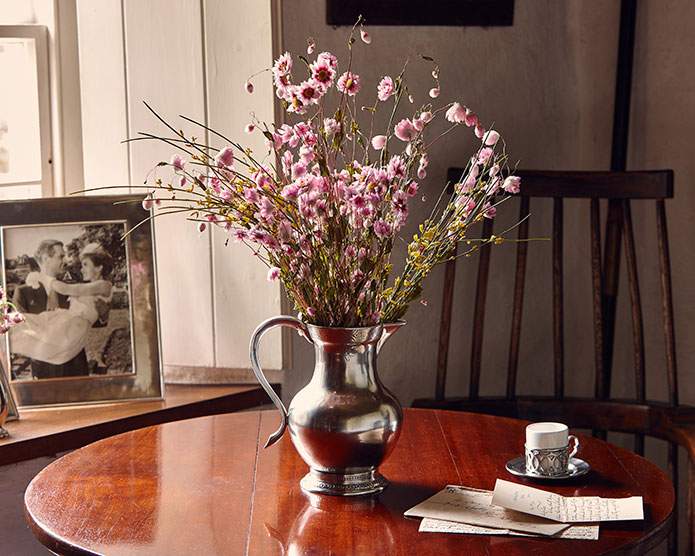
Handcrafted Welsh stick chair, handcrafted by the owner of Bryn Eglur, Carmarthenshire, together with handcrafted Italian pewter pitcher vase, picture frames and espresso mug.
Reference:
Bailey, M & S. (2009) Simple Home. London: Ryland, Peters & Small.



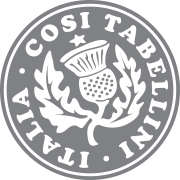


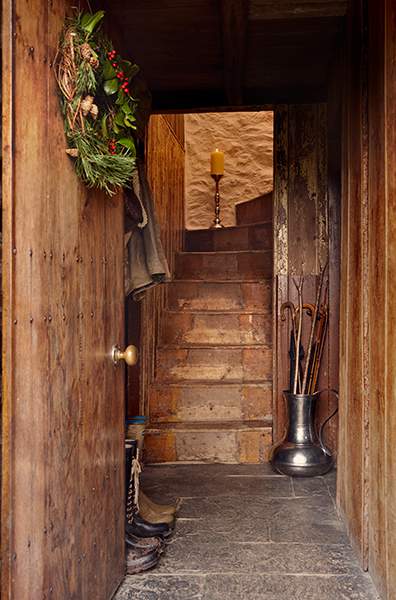

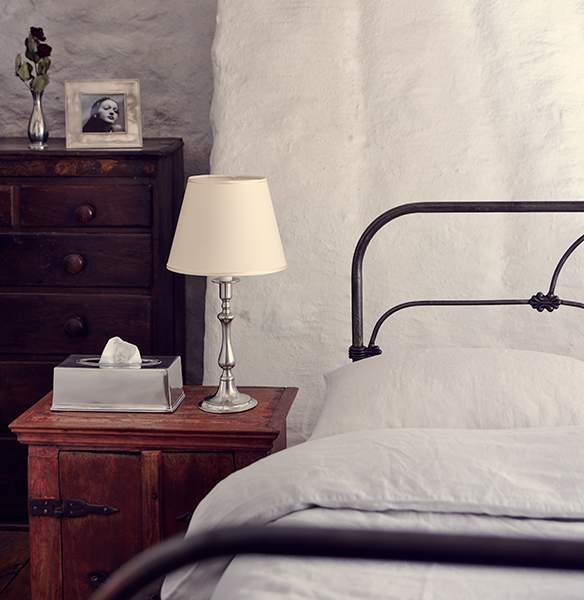
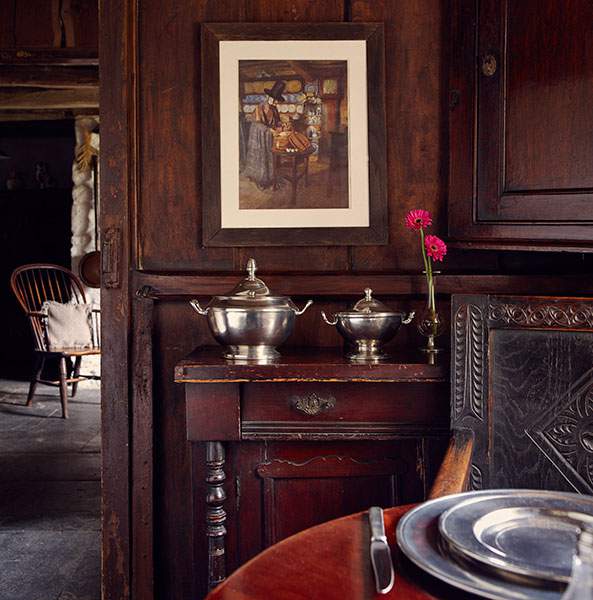
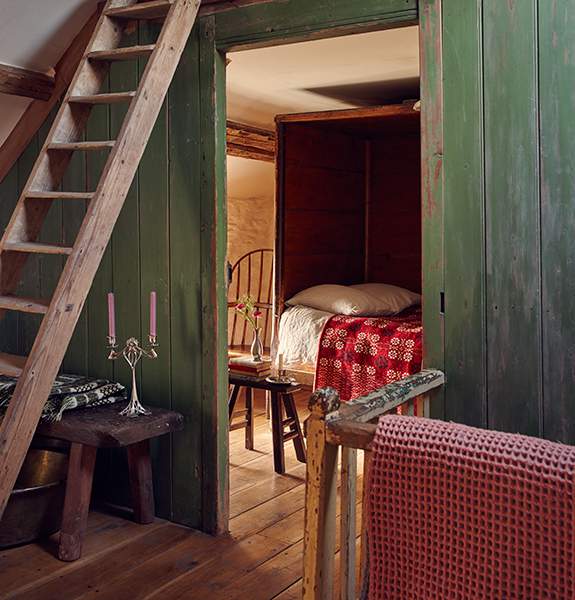








Tuesday, August 11th 2020 at 6:52 pm
[…] Download Image More @ blog.italian-pewter.co.uk […]
Friday, July 31st 2020 at 11:58 am
[…] Download Image More @ blog.italian-pewter.co.uk […]
Friday, July 31st 2020 at 11:58 am
[…] Download Image More @ blog.italian-pewter.co.uk […]
Friday, July 31st 2020 at 11:58 am
[…] Download Image More @ blog.italian-pewter.co.uk […]
Thursday, March 12th 2020 at 1:43 pm
[…] Download Image More @ blog.italian-pewter.co.uk […]